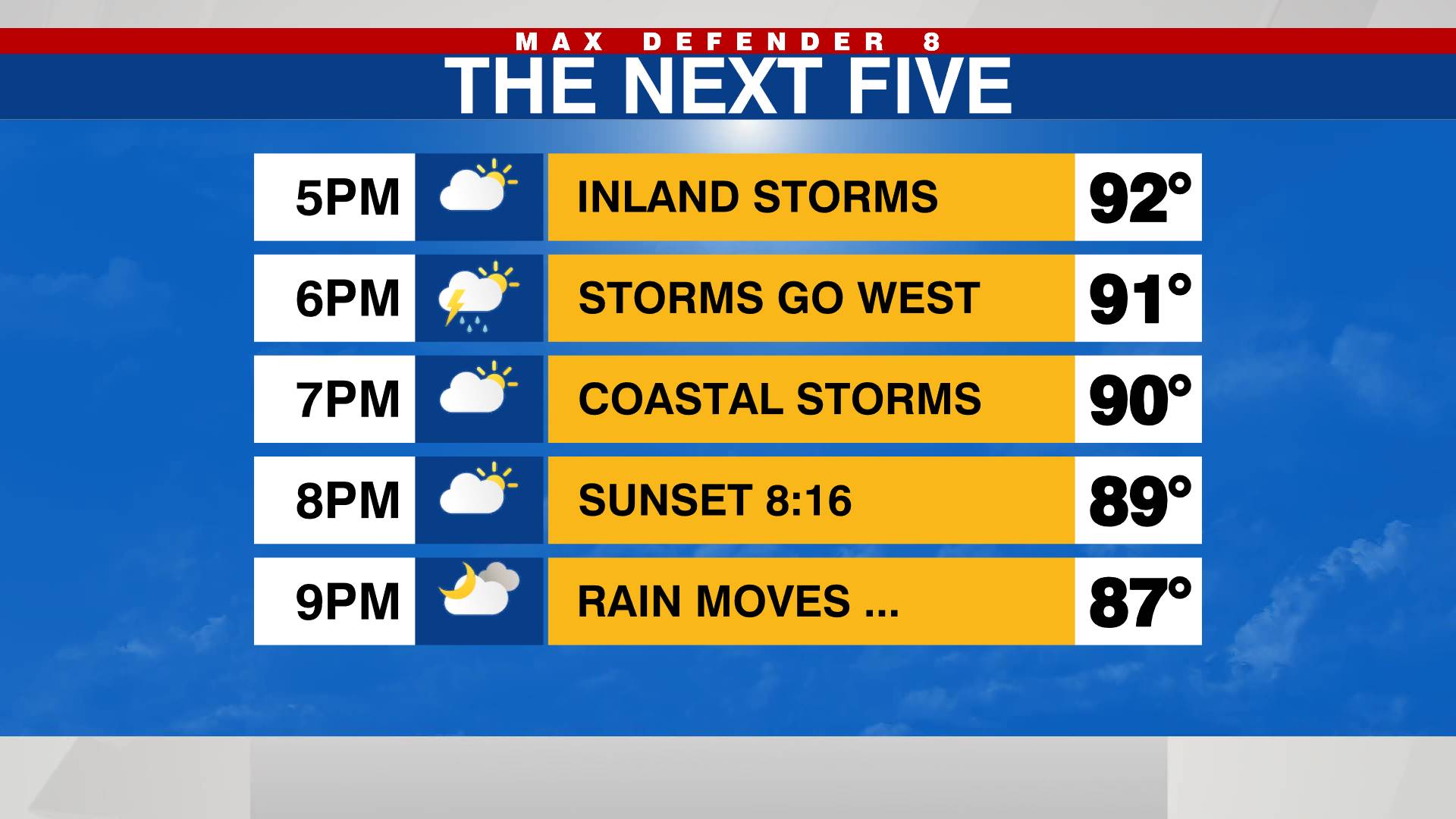TAMPA, Fla. (WFLA) — When it comes to how each state fared for educational outcomes during the COVID-19 pandemic, some states performed better than others. The National Bureau of Economic Research ranked all 50 states and the District of Columbia, with Florida in sixth place, overall.
The National Bureau of Economic Research is a non-profit, non-partisan economic research organization established in 1920.
The NBER study ranked states by measuring their unemployment levels, gross domestic product, economic average scores, percentage of in-person schooling done, age and metabolic health adjusted for how many COVID-19 deaths per 100,000 residents, and a few other census details. In the top 10 states for grading, Montana and South Dakota had the highest number of deaths per 100,000 due to COVID-19.
Ahead of Florida were Utah, Nebraska, Vermont, Montana, and South Dakota. Combining all scoring items, Florida reached an overall score of 79.9, giving it an A, according to the study.
Florida had the second highest percentage of students participating in in-person schooling, at 96.2%. Arkansas, ranked No. 9 overall, had the highest percentage of the top 10 states, at 96.8% of students learning at school in-person.
According to the rankings used, Florida had a 2.1% unemployment rate, a -1.5% GDP and an average economic score of 0.57. The study said that means Florida’s GDP was 1.5% lower than pre-pandemic levels, based on the fourth quarter of the 2019 fiscal year.
Here are the top 10 states in the U.S. from the NBER study.
| Rank | Grade | State | Scaled Combined Score | Unemployment (Industry Adjusted) | In-Person Schooling | COVID-19 deaths per 100,000 |
|---|---|---|---|---|---|---|
| 1 | A+ | Utah | 100 | 1.5% | 87.3% | 252.7 |
| 2 | A+ | Nebraska | 97 | 0.6% | 87% | 257.9 |
| 3 | A+ | Vermont | 96.9 | 1.7% | 79.5% | 155.5 |
| 4 | A | Montana | 83.4 | 0.2% | 85.7% | 344.6 |
| 5 | A | South Dakota | 80.4 | 0.7% | 89.3% | 344.9 |
| 6 | A | Florida | 79.9 | 2.1% | 96.2% | 277.1 |
| 7 | A | New Hampshire | 79.2 | 2.3% | 60.9% | 192.5 |
| 8 | A | Maine | 78.6 | 2.5% | 58.1% | 171.8 |
| 9 | A | Arkansas | 77.7 | 2.0% | 96.8% | 287.9 |
| 10 | B | Idaho | 74.1 | 1.5% | 70.6% | 305.1 |
The NBER study compared school closures to mortality, but upon review found that the data did not lead them to “believe this relationship was causal.” Essentially, school closures had no impact on mortality during the COVID-19 pandemic, according to the data used in the NBER study. In terms of what that means for state policy, it lends additional credence to the state’s position, that more positive outcomes were produced having children learn in-person, and school closures did not have an impact on COVID-19 fatalities.
Additionally, the study drew a connection between lockdowns and economic performance.
“Unsurprisingly, there was a strong relationship between the states that had poor economic performance and closed schools—the lockdown states,” NBER said in the study. Florida remained largely open in the 2020 to 2021 school year, and its economy performed well, reflected in state budget and lawmaker statements to that effect over most of 2021 and into 2022.
While Florida had one of the higher mortality levels among the top 10 states, with roughly 277 people dying of COVID-19 per 100,000, the study found that a good portion of those deaths, and similar across the nation, were owed to comorbidity factors, while economic success was reduced in states with bigger proportions of the hospitality and accommodations industries.
“Pandemic mortality was greater in states where obesity, diabetes, and old age were more prevalent before the pandemic,” NBER reported. “Economic activity was less in states that had been intensive in, especially, accommodations and food.”
While Utah ranked No. 1, New Jersey ranked No. 51, scoring the lowest across the whole of the United States.


















